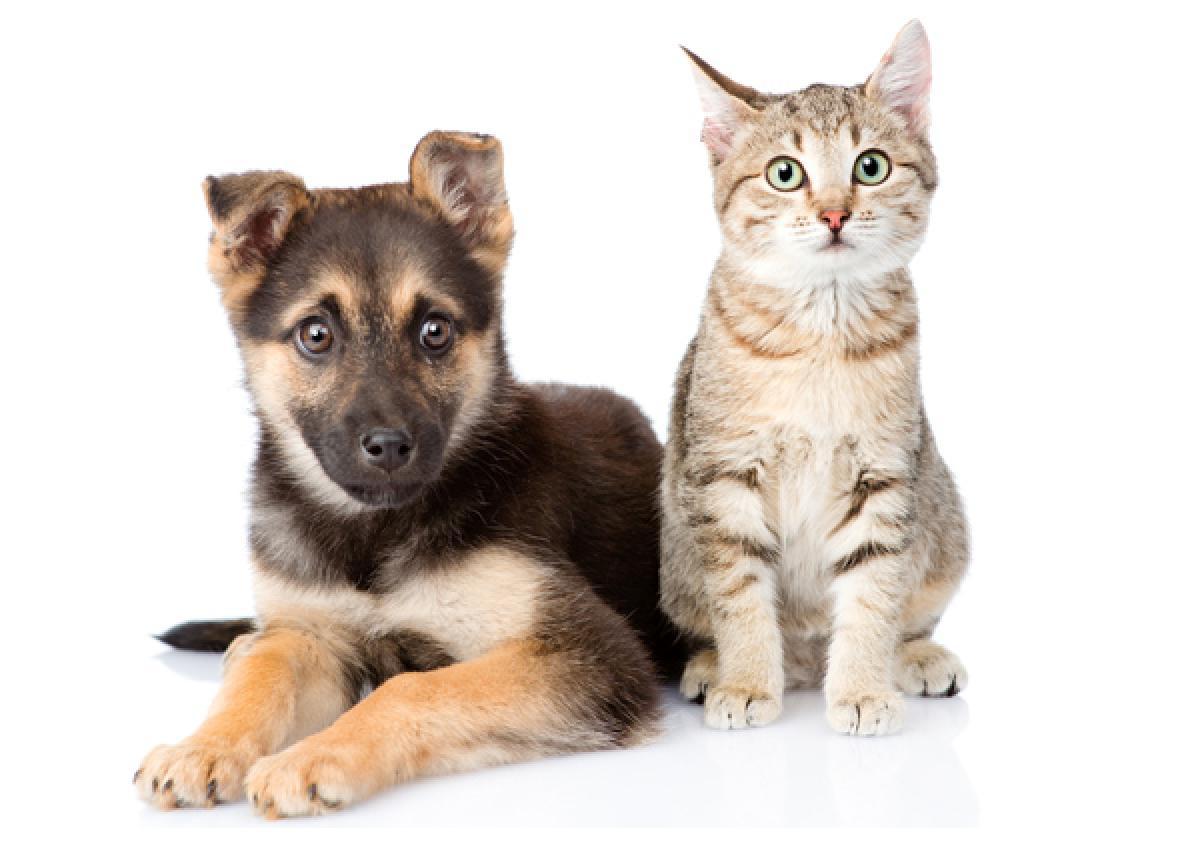Over the past few years, top-level domains (like .com and .org) have gone from utilitarian to fashionable. The Republican Party even has .gop. It seems like .lol, introduced Tuesday, would be a pretty big deal, but it has competition from one of the Internet’s favorite things: .dog.
Whether it’s Doge, Boo, or a bulldog on a trampoline, dog memes are an integral part of Web browsing. But while we wait to see how popular .dog will become, it’s hard not to think about the top-level domain of the Internet’s ultimate darling: .cat.
The problem with comparing .dog and .cat, though, is that the .cat domain isn’t actually used for cats sliding around on wooden floors or cat scans. The domain .cat is used for Catalan language and culture pages. Feline-interest or joke sites (like nytimes.cat) can’t just blithely use .cat. As Caitlin Dewey reported for the Washington Post in May:
Carles Matamoros, a spokesman for the foundation that oversees the .cat domain, said the group does audit sites from time to time to see if they’re following the Catalan-language rule; if they’re not, they have six months to shut down, change course, or add some kind of translation tool. After hearing from the foundation, for instance, Nyan.cat added an option to translate the page to Catalan.
The Museum of the Moving Image in Queens, New York, is currently showing an exhibit called “How Cats Took Over the Internet,” and curator Jason Eppink told USA Today, “I’m an equal top-level name proponent for animals of all species.” But because of .cat’s significance for Catalan, .dog and .cat will never directly square off.
This seems reasonable anyway since it’s probably overkill to have top-level domains representing “cat” and “dog” in all different languages. And .dog is never going to encompass the full scope of dog love that exists on the Internet. You could probably have some fun with .yak or .bat, though.
